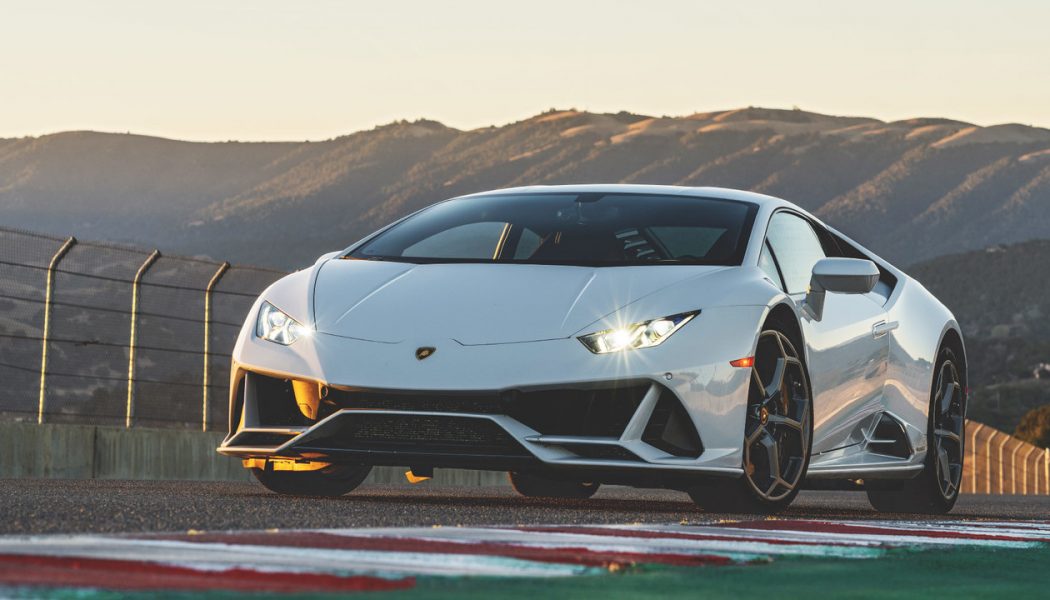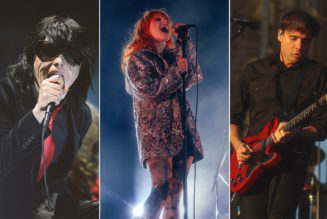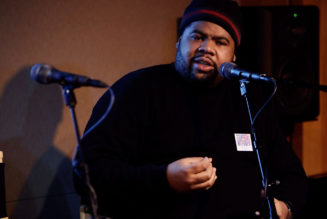Talk about big shoes to fill. As the Lamborghini Countach entered its twilight years in the late 1980s, the company had the onerous task of designing a car that exceeded the visual, aural, and dynamic sucker-punch provided by its iconic neck-snapping V-12 super-wedge. The new Lambo had to vaporize eyebrows and buckle knees at a thousand feet if it was to be labeled as anything other than a letdown.
Yeah, well, you can see where this is going. Despite a top speed of over 200 mph—only the second production car to do so—and being far easier to drive than its pappy, the Diablo is a bit of a middle-child. As far as the big Lambos go—of which there have been only five to date—the Diablo is relatively unloved.
We must stress that all of this slight negativity is best read through the lens of Lamborghini, and not the general public. Take a Diablo of any color or vintage out into public, and you risk a ticket for public disturbance with the amount of phones coaxed from pockets and pedestrians you stop dead in their tracks. Us? Oh, we’re big fans of the 1990s Bull. Let’s take a look as to why you should put more rispetto on the Diablo’s name.
Development for the Countach replacement began in 1985, first known internally as Project 132. Lamborghini heads Patrick and Jean Claude Mimran stipulated the new supercar should be capable of 196 mph, and the Italian brand commissioned legendary designer Marcello Gandini to pen Project 132’s slippery profile. Before development could truly get underway, the Mimrans sold Lamborghini and all its assets to Chrysler in 1987 for a piddling $25.2 million. Chrysler, in turn, invested much-needed funds into the nascent project that eventually brought it to completion.
Under the purview of Chrysler, Gandini’s original design was altered to be less angular, with final finishing done by Dodge Viper designer Tom Gale. The finished Diablo lived up to its name; power came from a 5.7-liter configuration of the longstanding Bizzarrini V-12, supplying 492 hp and 428 lb-ft of torque to the rear wheels through a five-speed manual transmission. So, did the production Diablo meet the Mimran’s mandate of a 196 mph top speed? Please. On a long enough straight with a brave enough driver, the Diablo cruised to an easy 202 mph, taking just 4.5 seconds to hit 60 mph on the way there. All this in an era when the contemporary Mustang GT struggled to crack 6.0 seconds to 60 mph.
It was a much easier car to both live with and drive than its immediate predecessor, which isn’t saying much, especially with the Diablo’s dramatic improvement in interior ergonomics and space. Leather-lined and kitted-out, the Diablo sold like free beer during its first production year, only for sales to drop off dramatically soon after.
A new all-wheel-drive Diablo debuted in 1993 to improve general livability. The Diablo VT—or ‘Viscous Traction’—yoinked the four-wheel-drive system from the brutish LM002, allowing the front wheels to handle up to 40 percent of the available power when the system detected slippage. The VT carried 25 percent new componentry as part of the all-wheel-drive shift, including a new clutch, wider seats, brake cooling vents, electronically adjustable dampers, and power steering.
Also introduced in 1993 was the mighty Diablo SE30, so-named in commemoration of the automaker’s 30th anniversary. Power jumped to 523 hp thanks to an updated fuel system, new exhaust, and intake manifolds. The VT trim was not an option here in the pursuit of weight savings; even the VT’s new adjustable suspension was left on the workshop shelf in favor of electronically adjustable anti-roll bars. The diet continued with fixed Plexiglas windows on Euro-market cars, along with the omittance of A/C, power steering, and the sound system.
Visually, the Diablo SE30 tweaked just about every aspect of the exterior design, including both front and rear fascias, rear decklid, spoiler, and bumpers. The most striking difference was the light purple metallic paint, a color officially known as Lambo Thirty. Yes, really. If the above asceticism wasn’t enough, a rare Jota package was available for the SE30, boosting power to 595 hp and 471 lb-ft and adding a neat-o roof-scoop that rendered the rear-view mirror legitimately useless.
The inevitable roadster variant arrived in 1995, offered only in VT configuration, and incorporated some of the SE30’s aesthetic changes. The carbon fiber targa roof was (surprisingly) electronically actuated, and stowed above the rear decklid when the driver opted to get his daily dose of vitamin D. On the opposite side of the Diablo range, the new base-level Diablo SV debuted that same year. The SV package bumped power to 510 hp and added an adjustable rear spoiler and slightly larger rear brakes.
The 1999 model year saw Lamborghini’s new owner, Audi, levy a significant refresh onto the Diablo. Headlights were now fixed—yes, pulled from the contemporary Nissan 300ZX—and the base non-SV Diablo was eliminated, making the SV the entry point. The interior received the largest rework, with a new steering wheel, gauges, and surfaces, while output from the 5.7-liter V-12 jumped to 529 hp and 446 lb-ft.
With the Audi-designed Murcielago just over the horizon, the Diablo went out with a sizable bang. The 5.7-liter V-12 was enlarged to 6.0 liters for a special run of cars, starting with the incredibly track-focused 1999-2000 Diablo GT. Aside from oodles of functional aero and a set of nifty three-piece O.Z. wheels, the interior was stripped out with carbon-fiber trim, race seats, and a smaller diameter steering wheel. That new 6.0-liter screamed at 575 hp, and it sent all that grunt to the rear wheels through the same five-speed manual that’s stuck with the Diablo since day one. Only 80 were ever built, and most were sold overseas.
Less hardcore but no less exciting was the Diablo VT 6.0 and VT 6.0 SE produced between 2000 and 2001. Think of this as the middle ground between the regular VT and the GT, with an ever-so-slightly detuned version of the 6.0-liter, now rated at 549 hp for a top speed of a nice, clean 205 mph. Lambo plucked 40 of these VT 6.0s off the assembly floor for the SE, coating each in either metallic gold or bronze. SEs also got cool kit such as shorter gears, upgraded upholstery, “Lamborghini” script on the brake calipers, carbon-fiber trim, and a magnesium intake manifold.
Eleven years of Diablo production ended in 2001, making plenty of room for the stupendous and tremendously popular—for early 2000s Lamborghini, that is—Murcielago that arrived for the 2002 model year and set the standard for Audi’s Lamborghini going forward. As important as the Murcielago is for the marque, we love the Diablo—all 2,884 of them. We’ll take an early-build car, in black, with a red interior. Call us when it’s out front.









